
|   |

|   |
e-mail: khokar1960@gmail.com Collaborations March 11, 2015 Collaborations, that's what's trending. Collaborations between forms, dancers, organizations, cities, universities, institutions. February was fulsome, to say the least. TREND and TRENDING is learning! Our universities are woefully inadequate with dance history and heritage teaching as they have little or no evidence of historical materials in possession, to illustrate dance heritage. Just talking about a subject without visual or literary evidence is dull, especially in a visually rich art form like dance. One exception to this trend is Pune University's Dance department. Last year, they had a seminar and focus on dance writing and assessment and this February a two-day focus on choreography under CREATING AWARENESS series. Pune University's Lalit Kala Kendra (Music and Dance Dept), Sucheta Chapekar and Parimal Phadke, Maharashtra Cultural Centre and Nad Roop made me address over 100 students of MA and PhD in what are trends in choreography today and dance history. To meet and talk with over 100 enthusiastic and evolved Puneites was an eye-opener. Among the most artistic lot in western India, Pune is to Hindustani music and theatre and films, what Madras is to Carnatic music, Bharatanatyam and films. It is a gardd (adda / epic-centre). With hours of rare film footage, culled and collected from various sources, including making my own short films from Mohan Khokar Dance Collection materials, I could bring alive the various facets of our dance heritage and history. The students were all grown up mostly and keen to learn and some had very good questions. They asked about Natya Shastra and its relevance to modern dance (!); they asked about where to practice in Mumbai (as though I owned Bombay!) and they asked why such materials had not been ever seen before. Baroda next: Retired from the near comatose dance dept., MS University, but a never say never Parul Shah with friends of Anjali Mehr, mounted her annual Nritya Parva festival where most of Baroda denizens came and saw various dancers and dance forms like excellent Tanjore bani Bharatanatyam by Aniruddha Bala Knight, who mesmerized audiences and Orissi by Madhulita Mohapatra and Bishwabhushan Mohapatra (not related!), who got a standing ovation. Add some fine Kathakali by Kalamandalam Yashwant and engaging Kuchipudi by ten year old Lakshmi and 20 year old Venu, under guru Deepa Sashindran's tutelage. Baroda audiences sit till end and are committed. A big hall can be filled if the fare is good. Vidhi Nagar's Kathak on the opening night was an eye sore! Her dance was not even college level. Morning interactive sessions with each artiste were best though poorly attended because university folks didn't send students! What a missed opportunity. So many good artistes come all the way like Aniruddha Knight, Madhulita, Bishwabhushan, Yashwant and students pursuing dance can't meet them or care to learn from them. In 60 years, if only 9 PhDs have come out of MSU Dance Dept., then it shows its academic levels and interest in art of dance today. 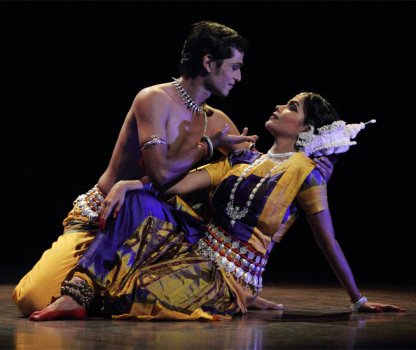 Bishwabhushan Mohapatra and Madhulita Mohapatra 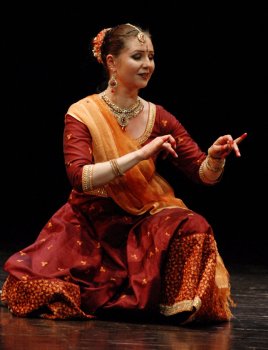 Isabelle Anna Next to Delhi and trend was talk, walk, dance! An event a day: either solos or ICCR's Horizon Series, or SNA's platform or the IIC. Add, Habitat, SKP and you have a cup full and overflowing but audiences not. Birju Maharaj festival which Saswati Sen organizes like an inhouse production was the high point of the season with 3 days of Kathak and students and seniors showcasing their homage to Kathak and its King - Birju Maharaj - sitting next to whom I learnt he's a tech gizmo king too, for he knows all about latest gadgets! Parisian Isabelle Anna (better known to some of us as Milena's daughter) showcased her tayari under Jaikishan Maharaj, and she has a stable stage presence, very focussed and involved followed by Anuj Mishra, a firecracker delivery. All of Delhi turned up on first day when Alarmel Valli danced with Madhavi Mudgal. Collaborations all the way. 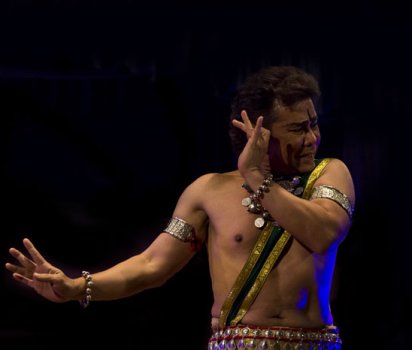 Ramli Ibrahim 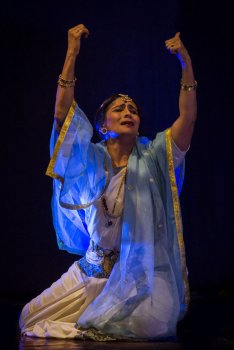 Vyjayanthi Kashi 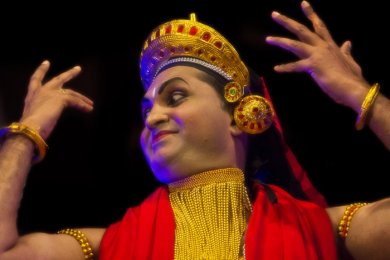 Kalamandalam Kannan 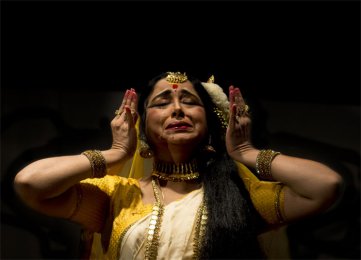 Gopika Varma 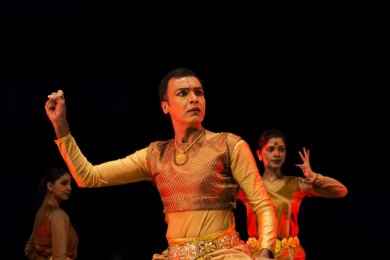 Vaibhav Arekar 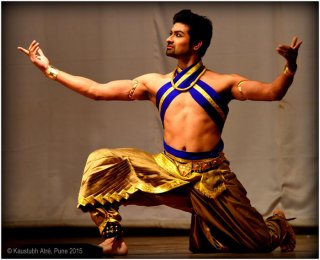 Rakesh Sai Babu 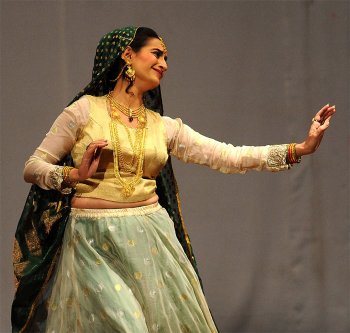 Ameera Patankar TRENDING then was group works and collaborations. And next issue attendance (2016) under guest editorship of Dr. Seshan, will hopefully focus on this subject. 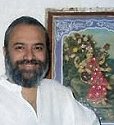 Ashish Mohan Khokar is a reputed dance historian, biographer, critic and author of many published articles and over 40 books on Indian arts and culture. He served govt. bodies in many capacities and also teaches Indian dance history and aesthetics for university faculties. He is the curator of the Mohan Khokar Dance Collection and chairs the Dance History Society which hosts an annual convention and dance discourses that afford many talents a platform. He has mentored many and instituted five awards through attendance, the dance yearbook he edits and publishes. Post your comments Pl provide your name and email id along with your comment. All appropriate comments posted with name and email id in the blog will also be featured in the site. |